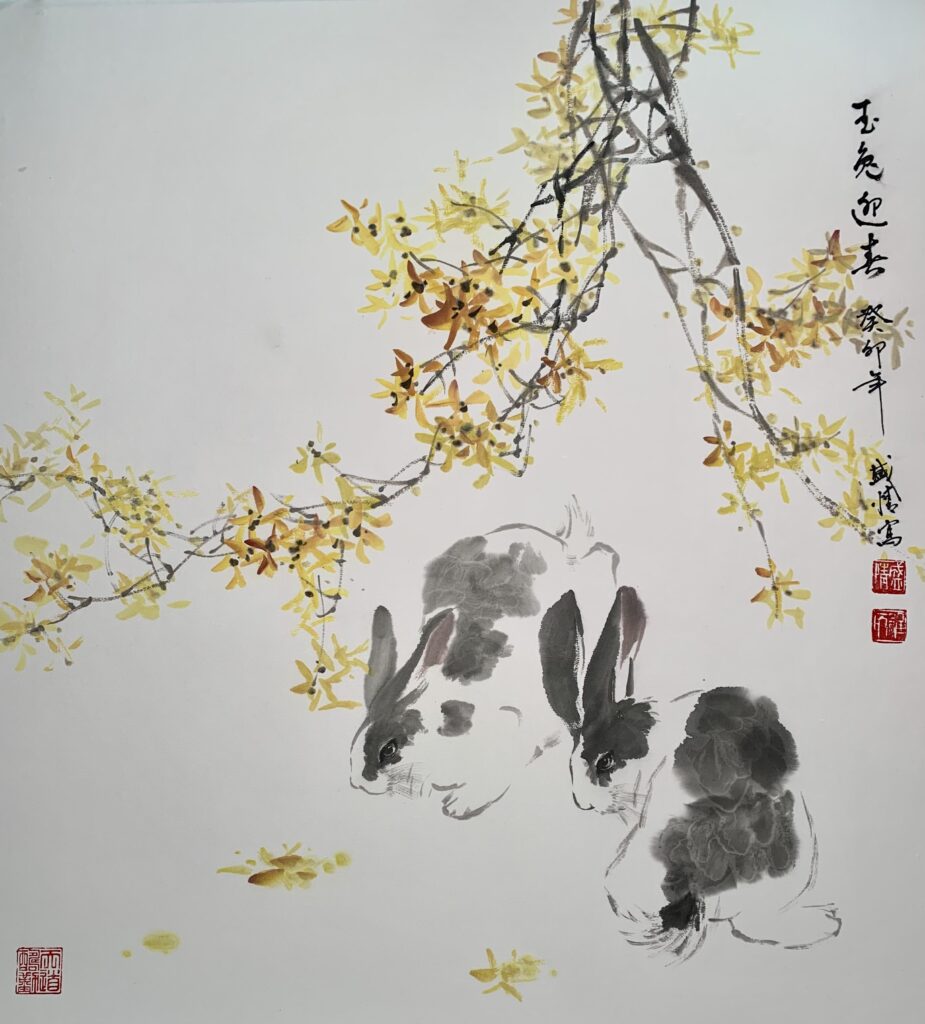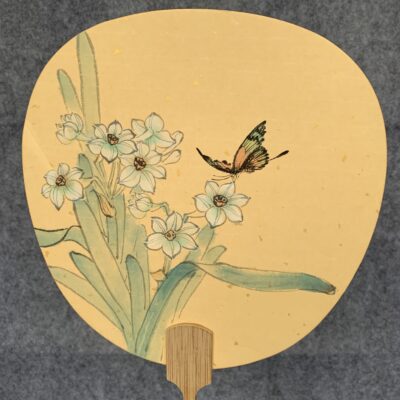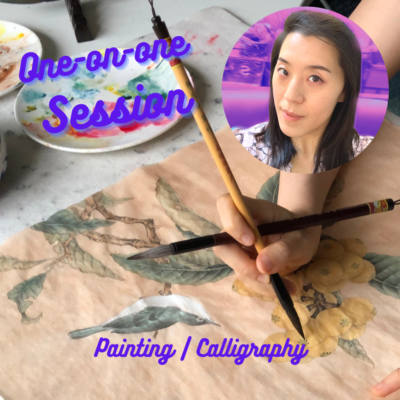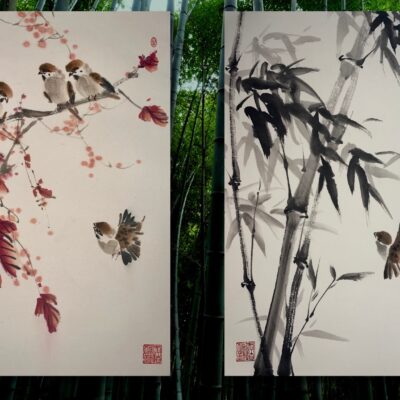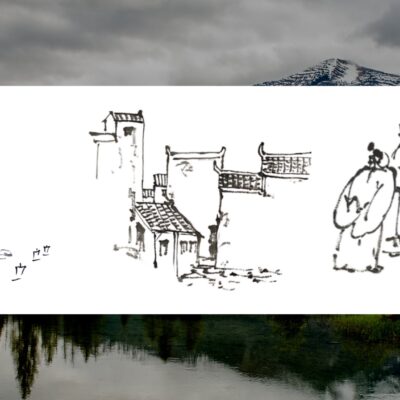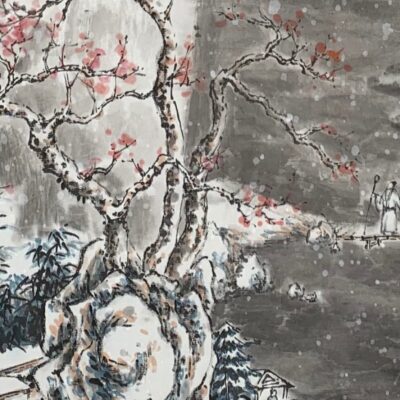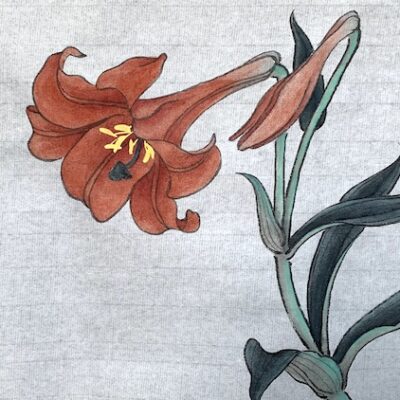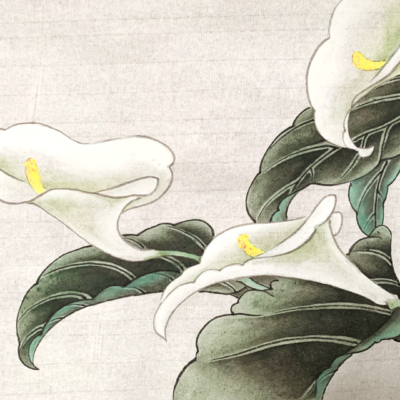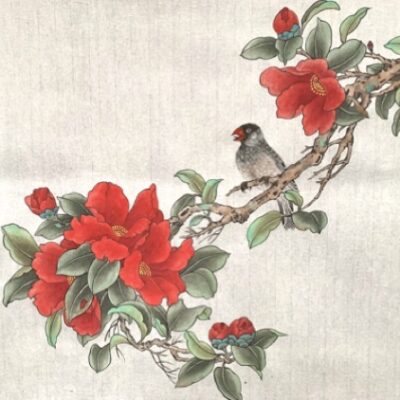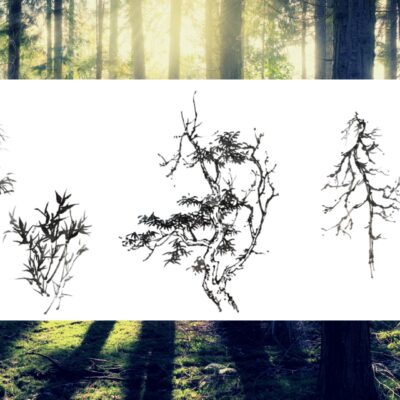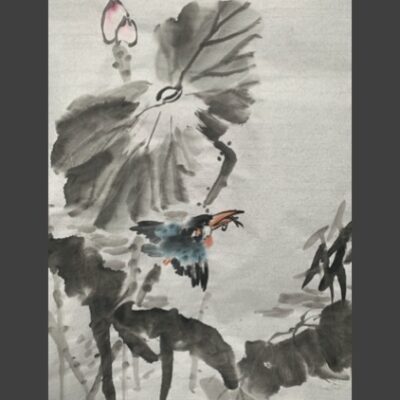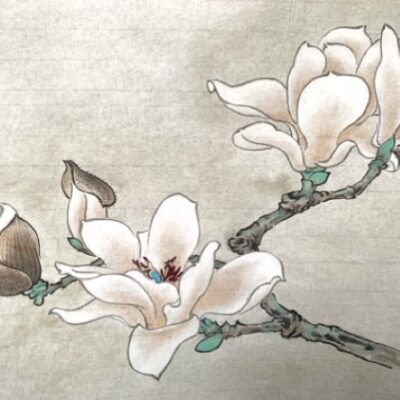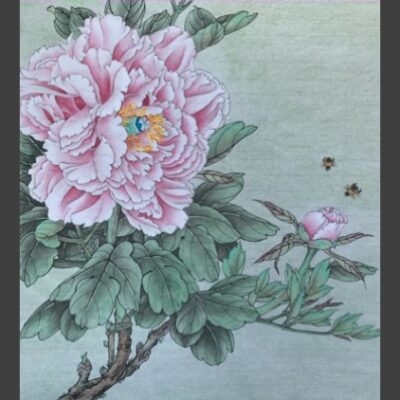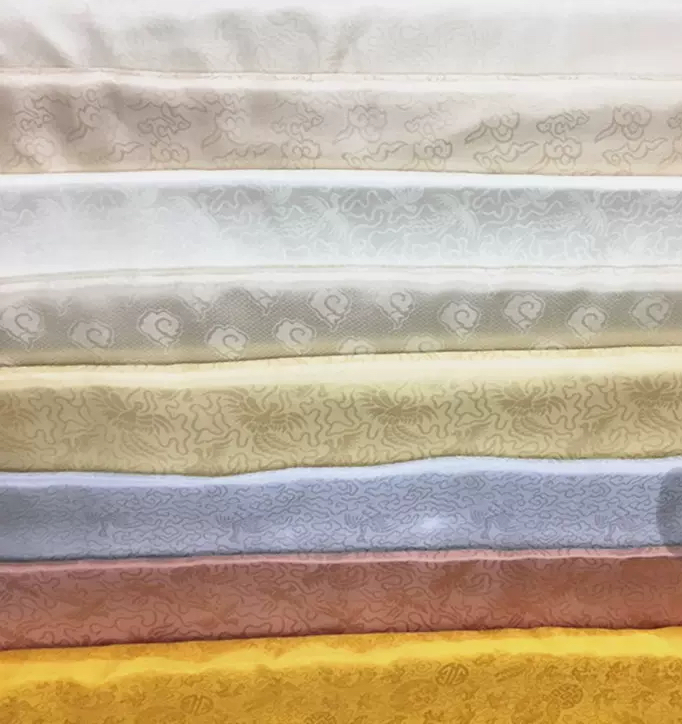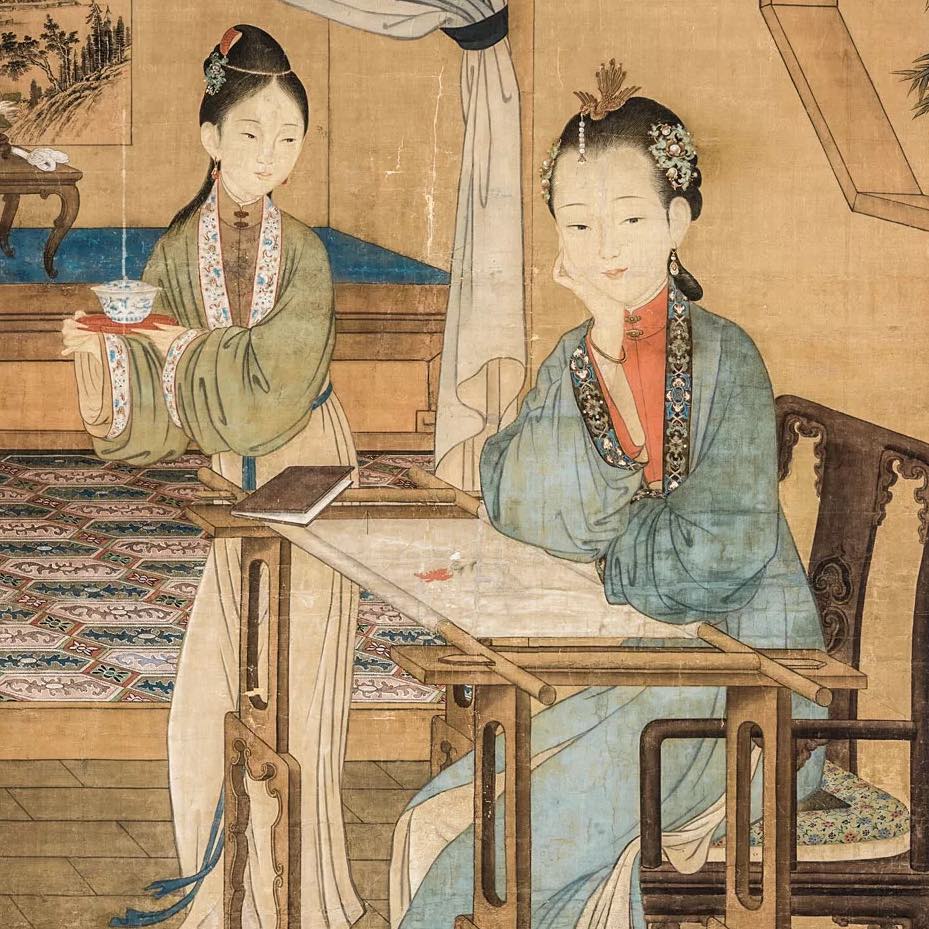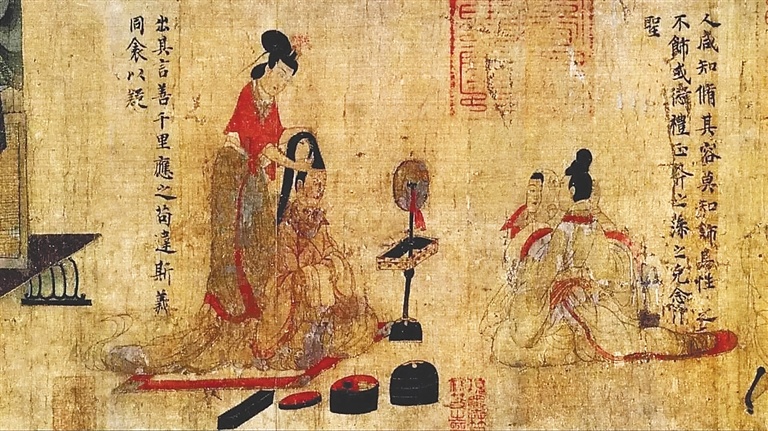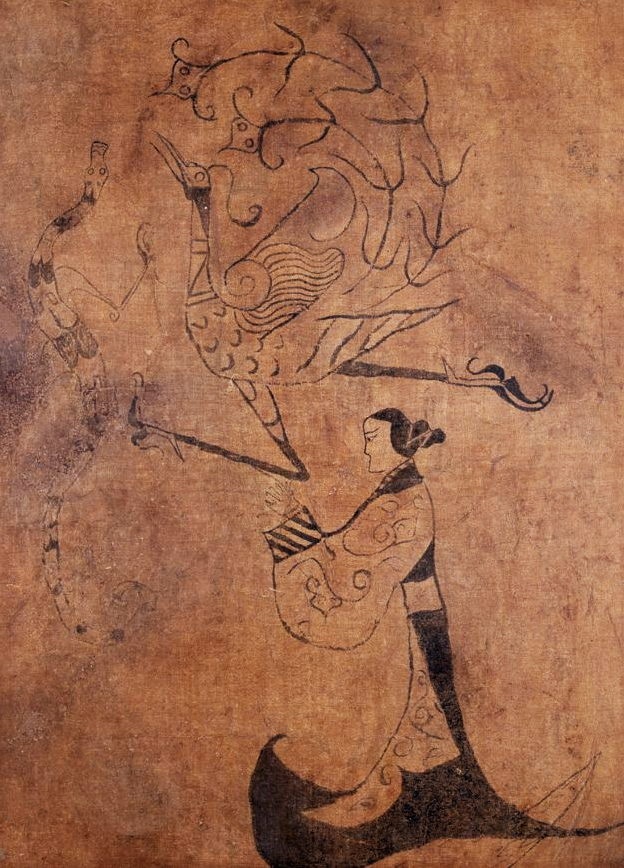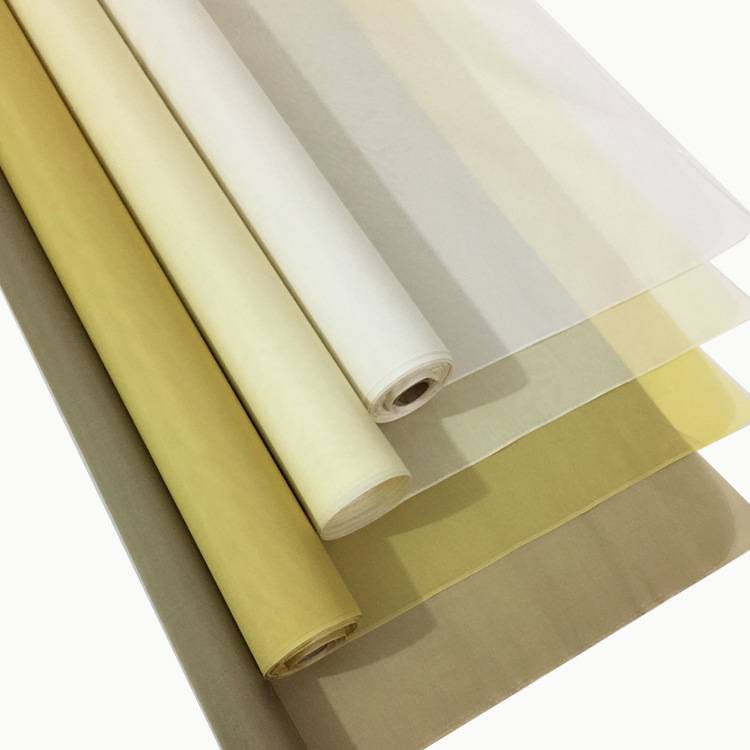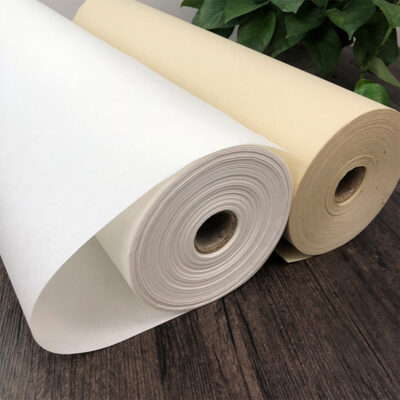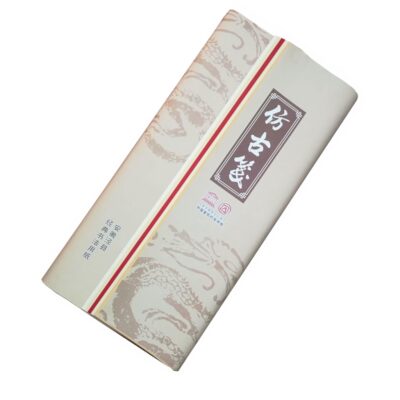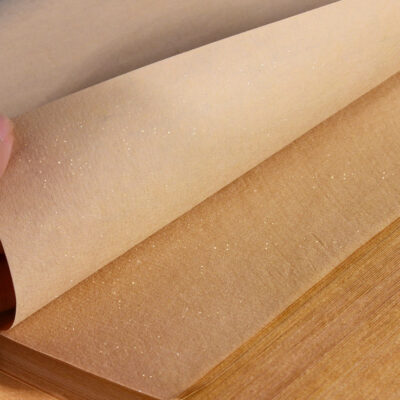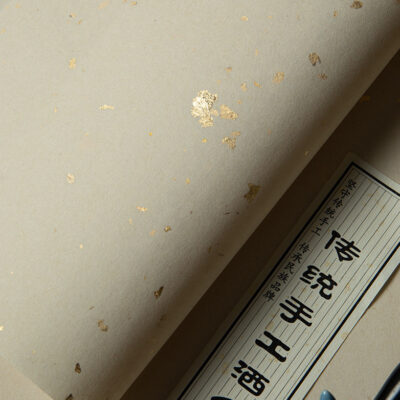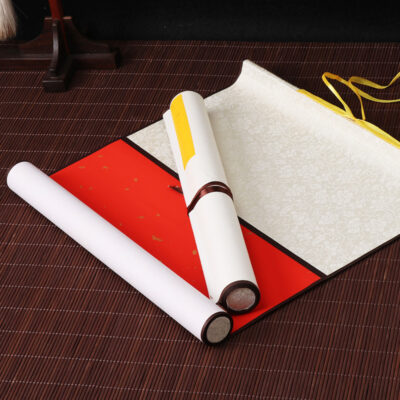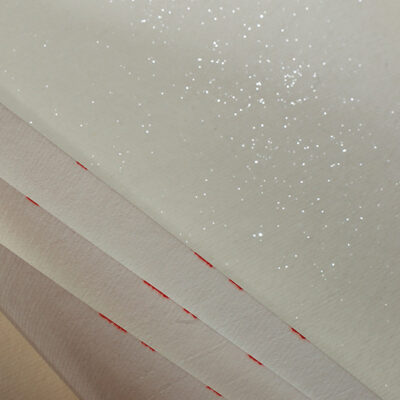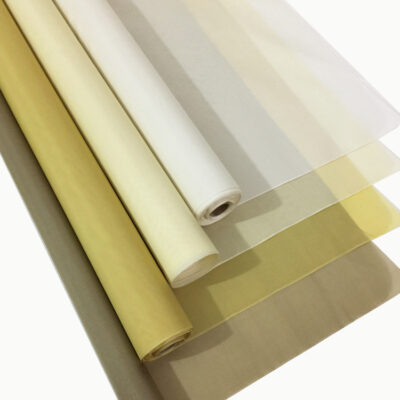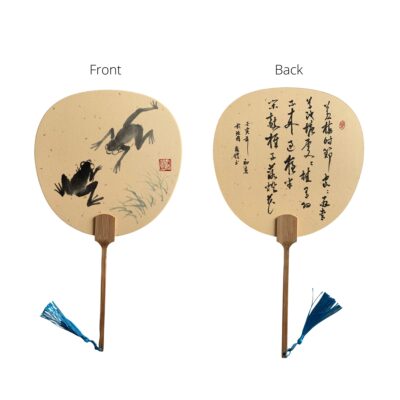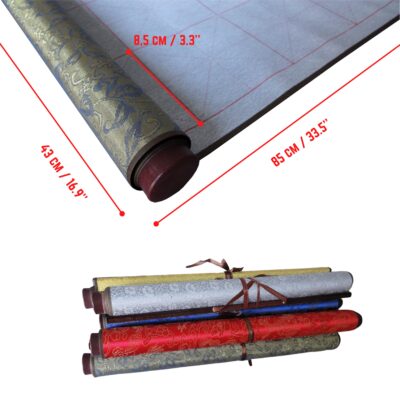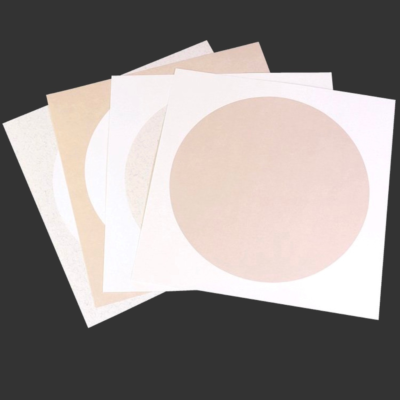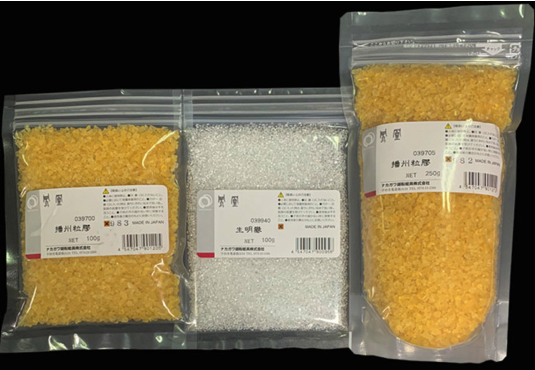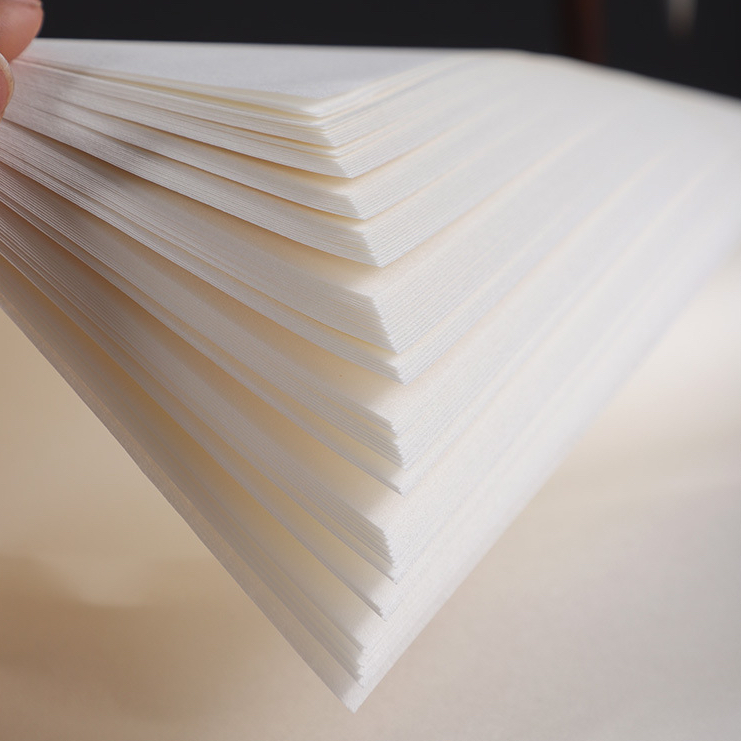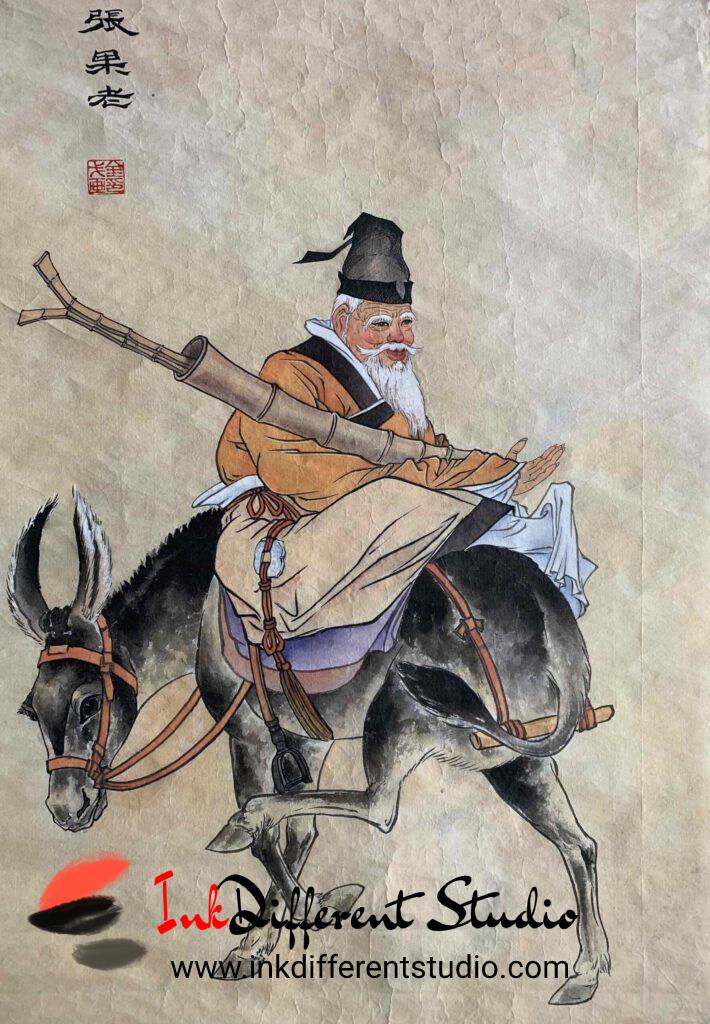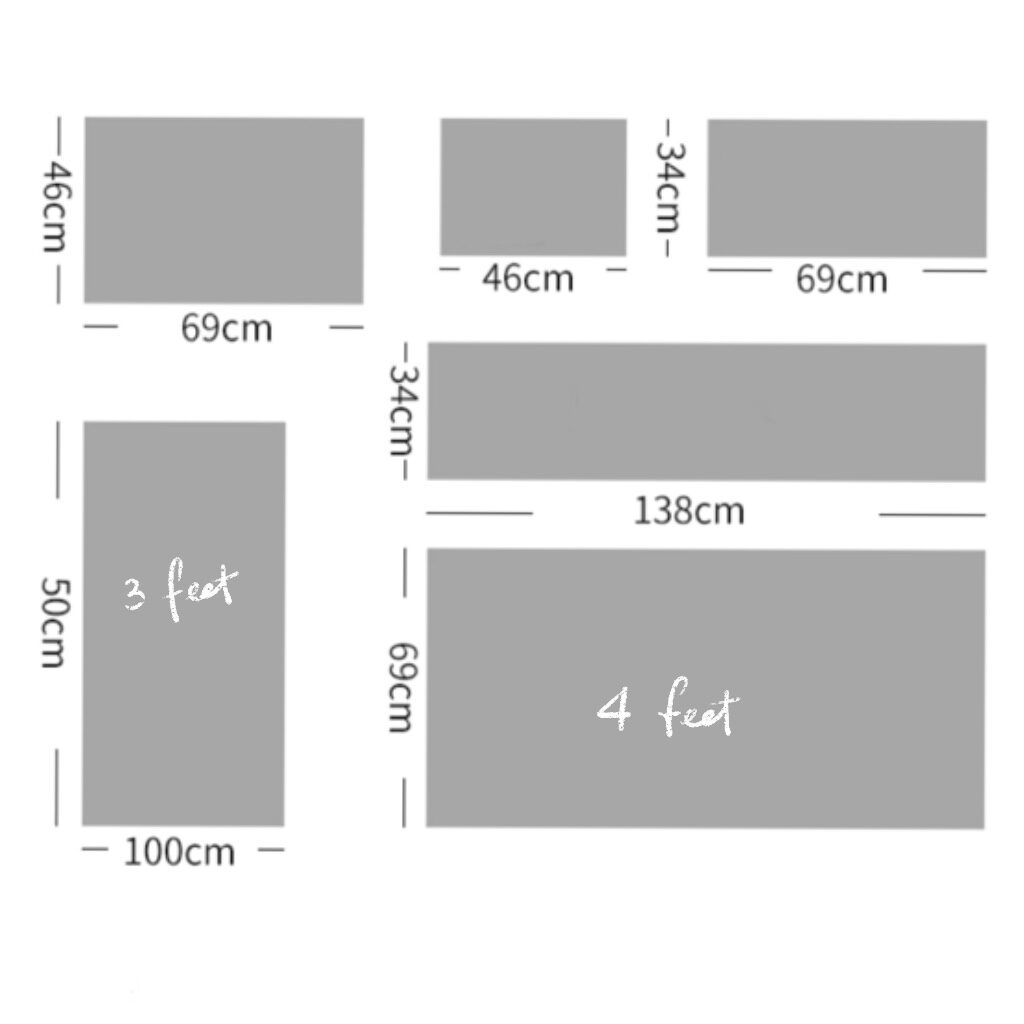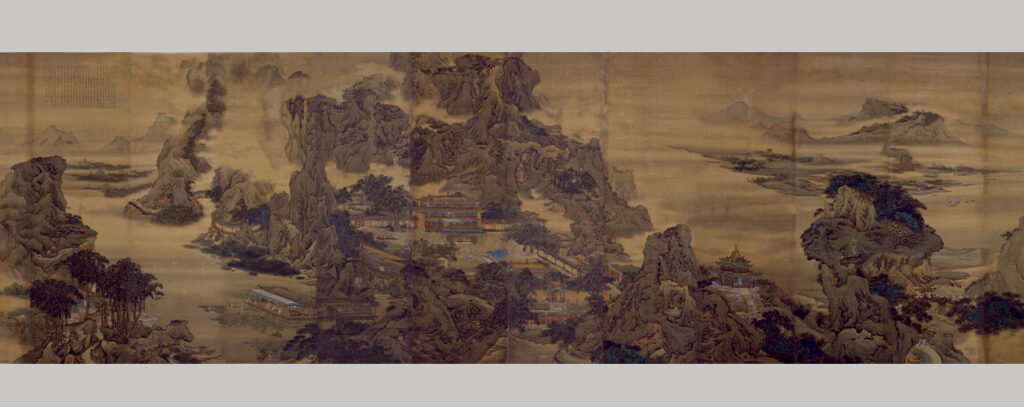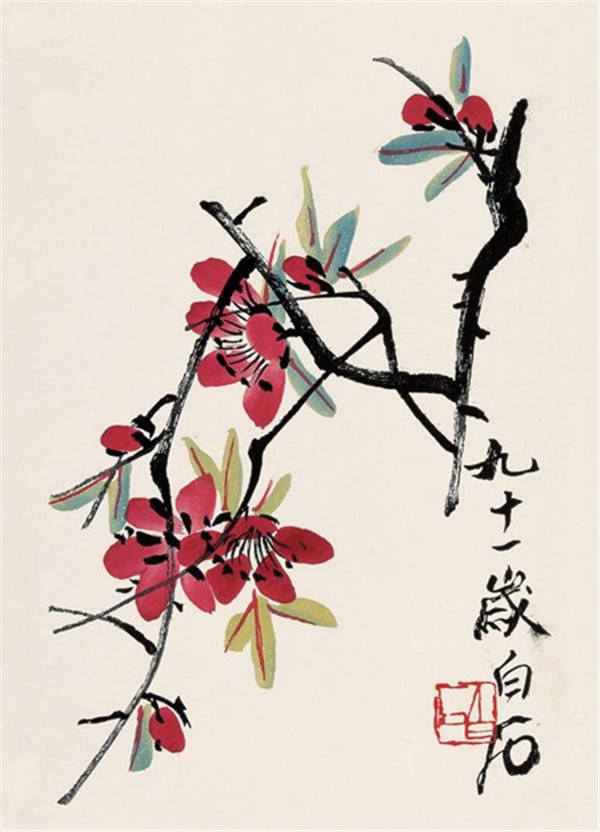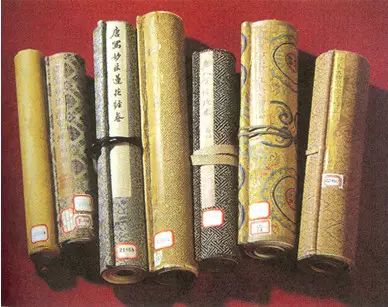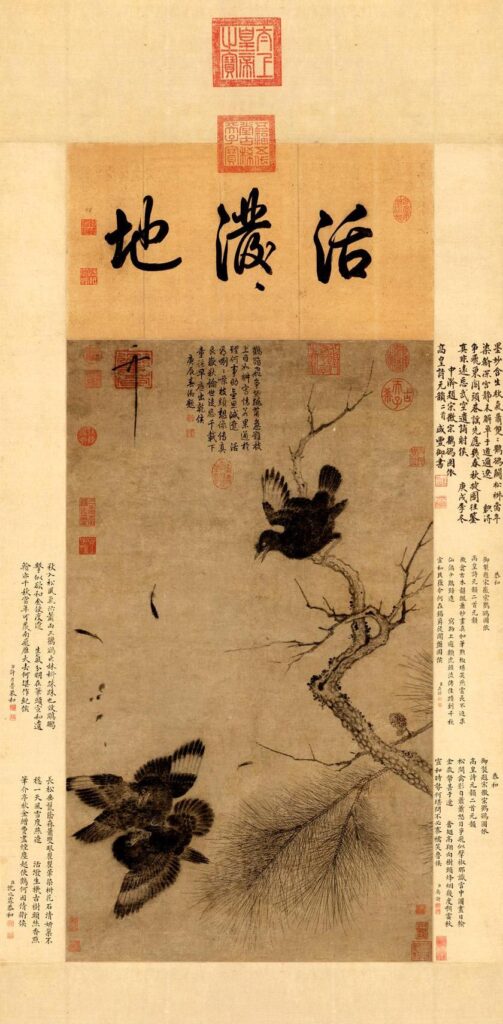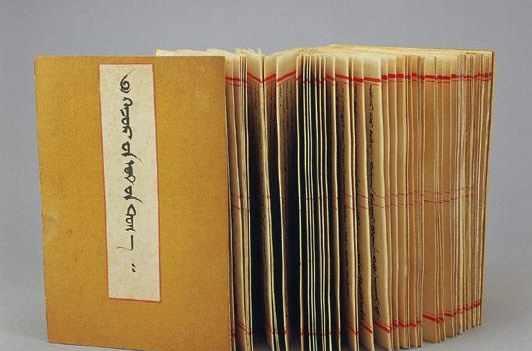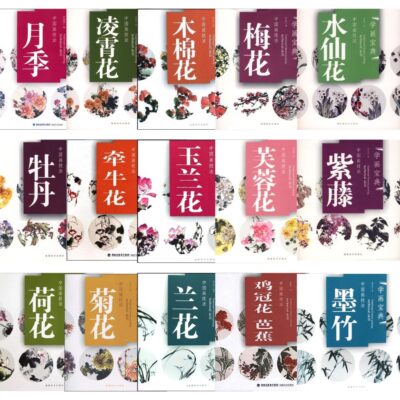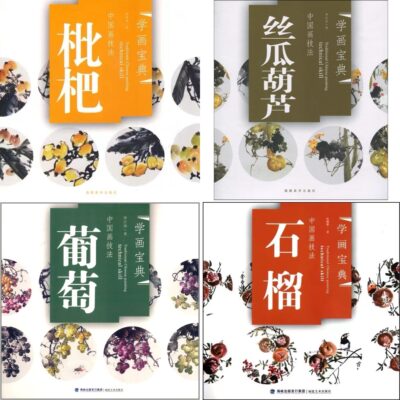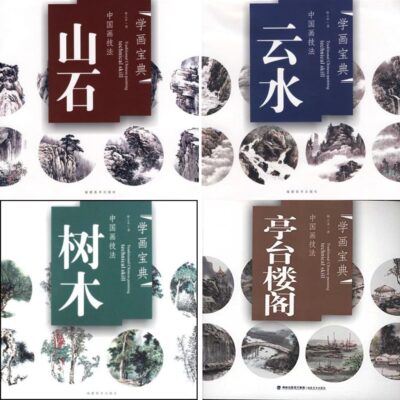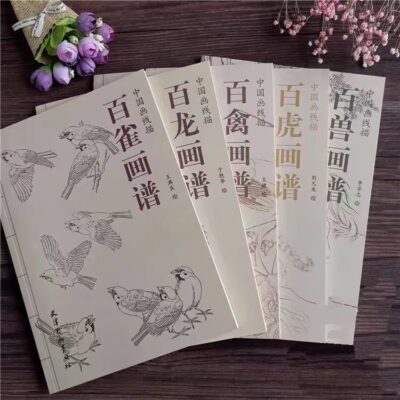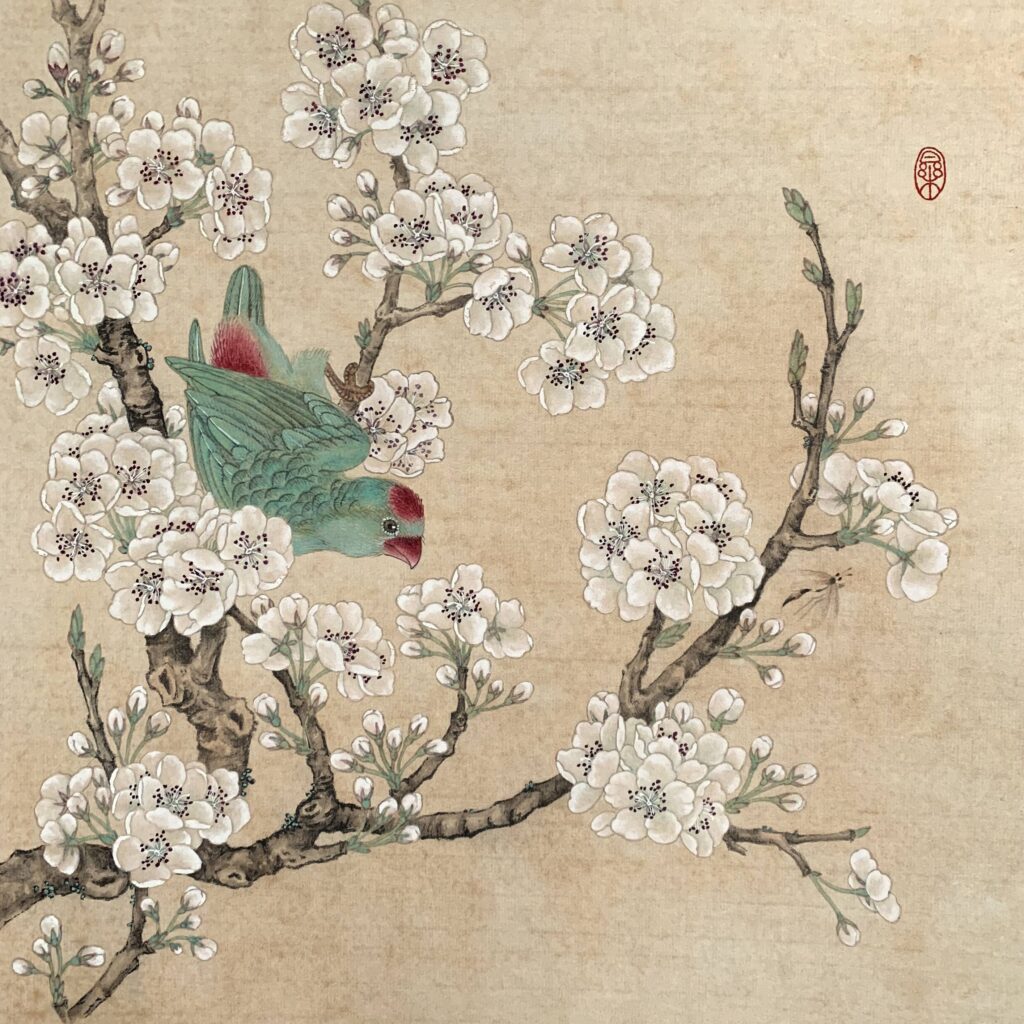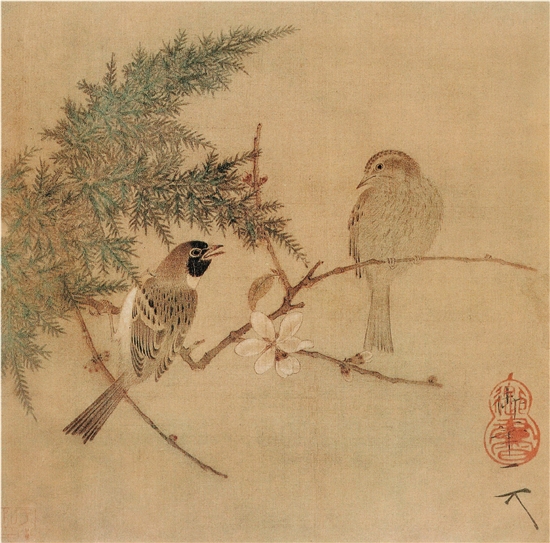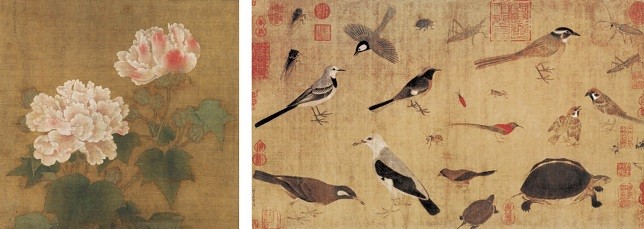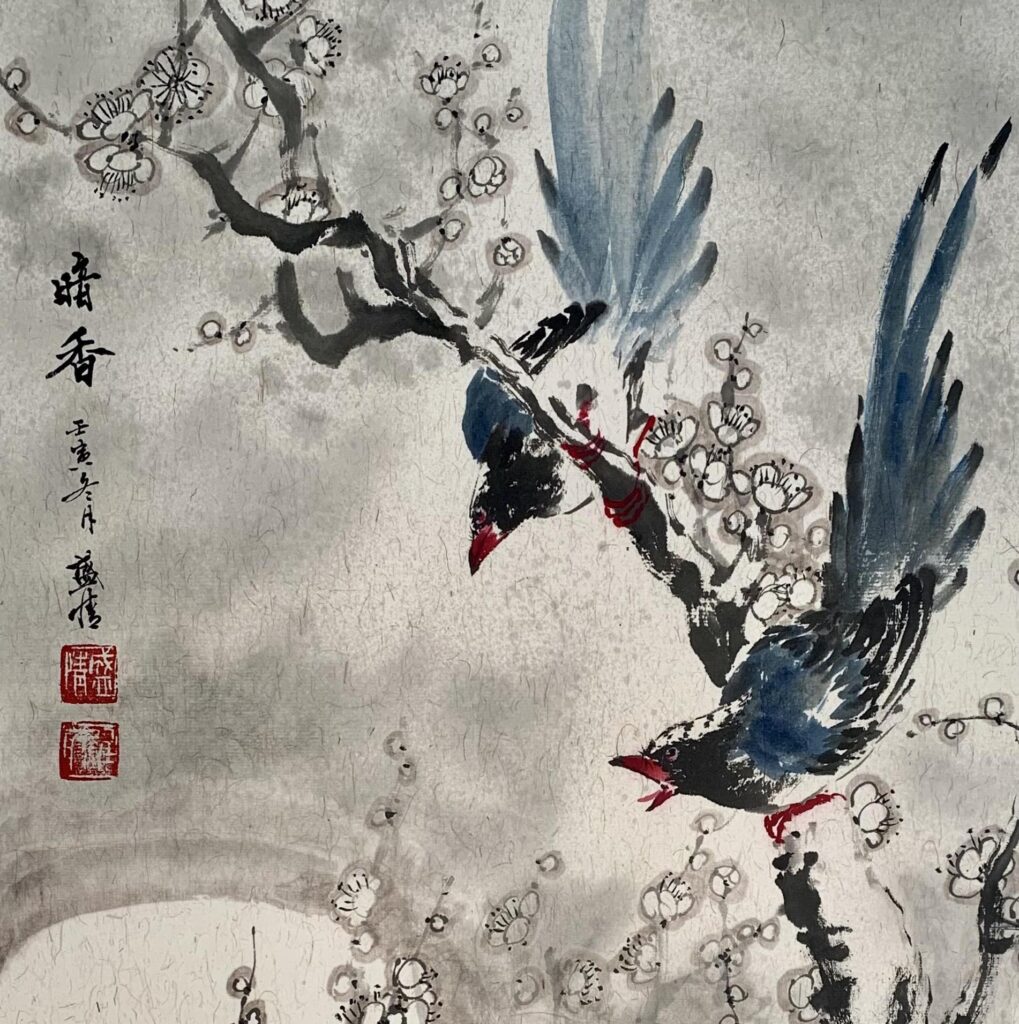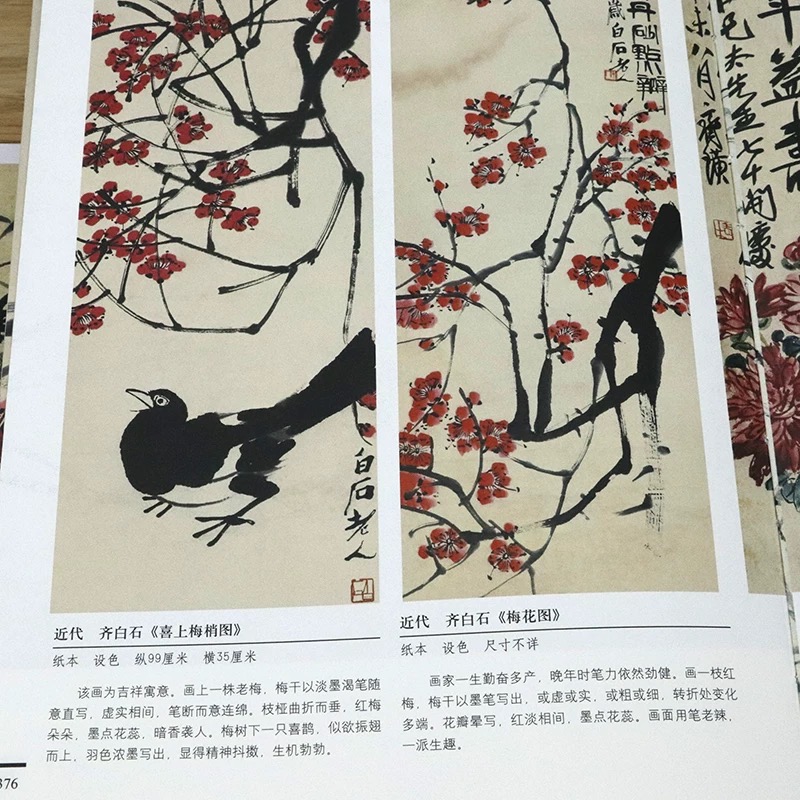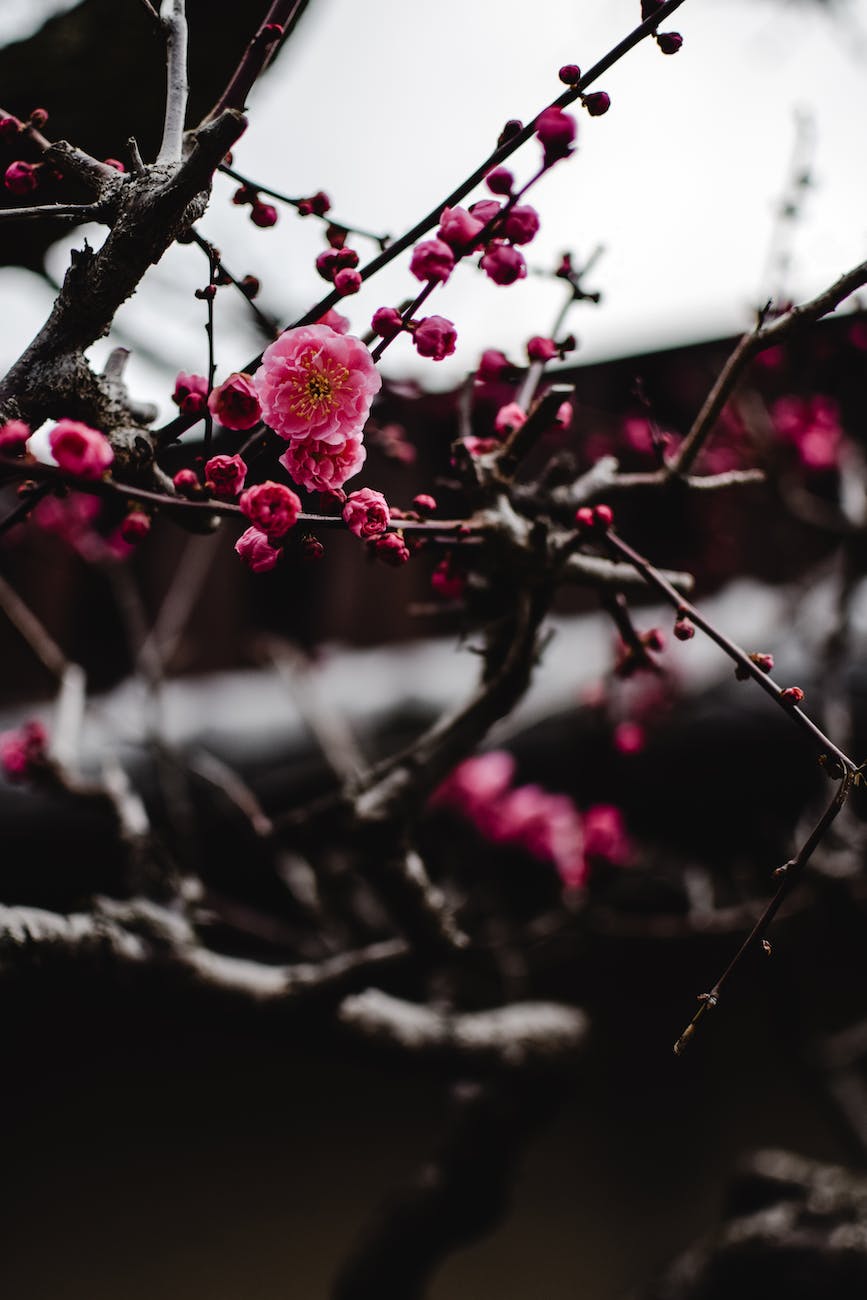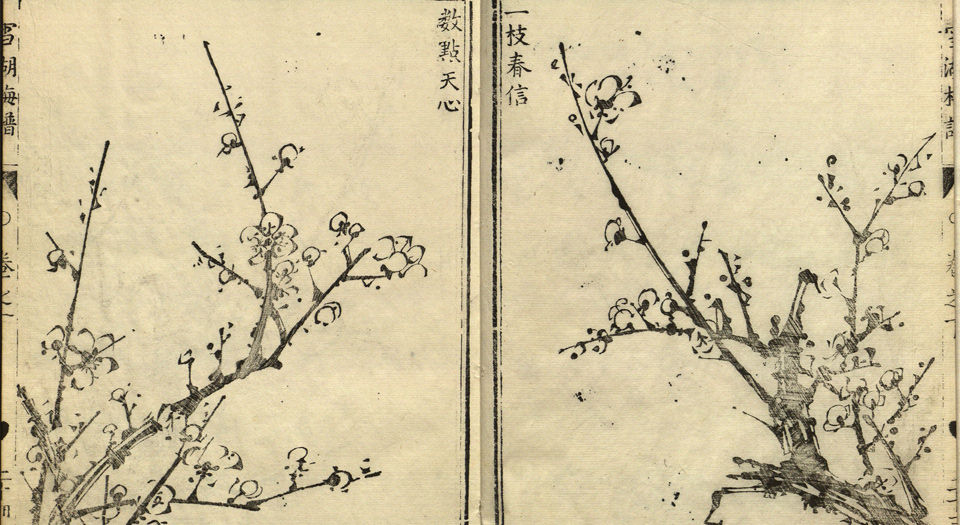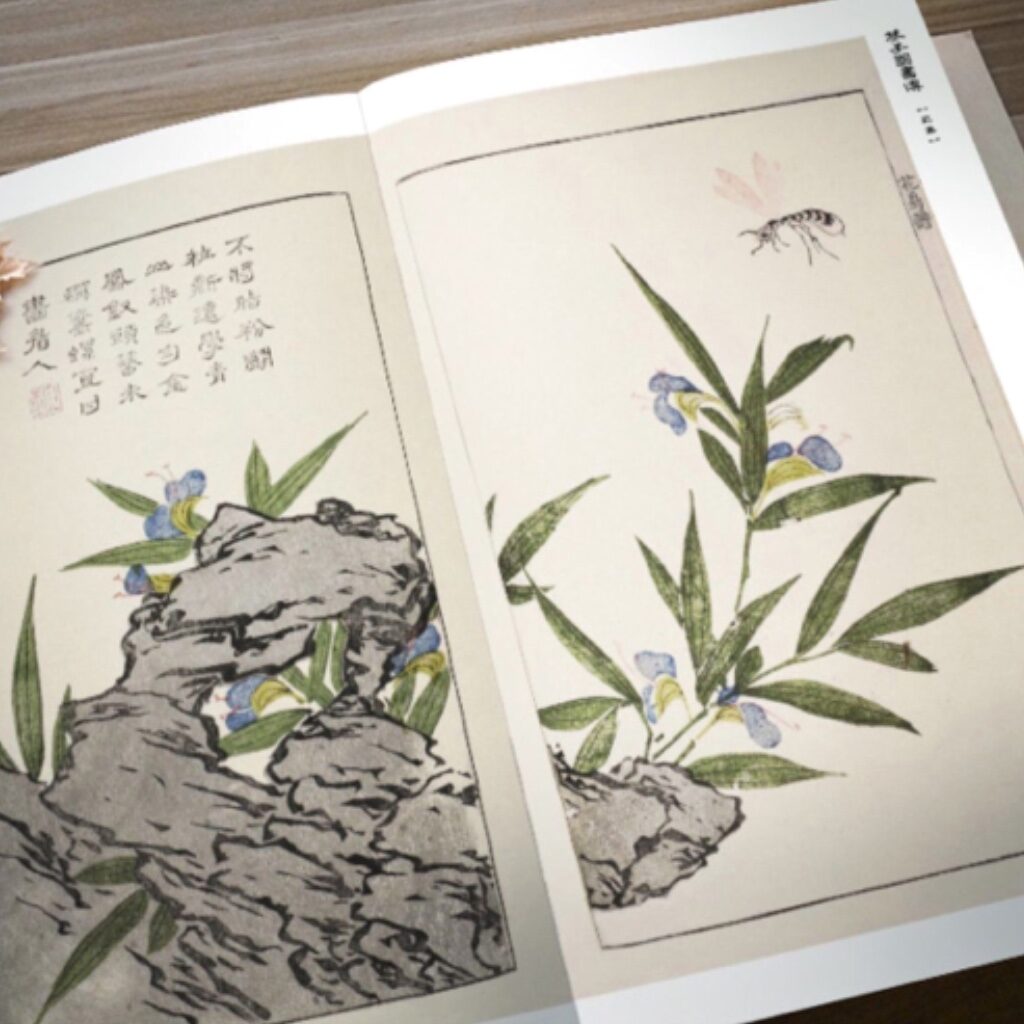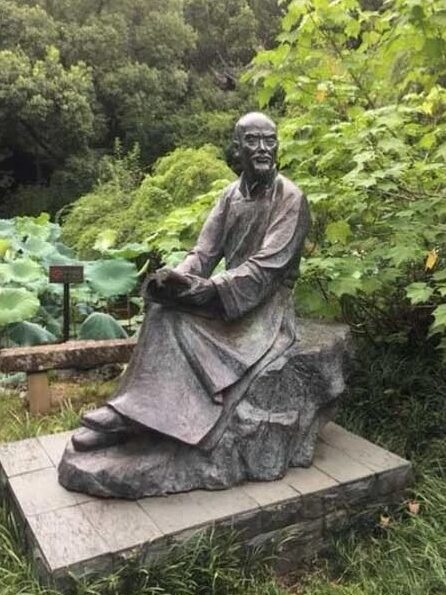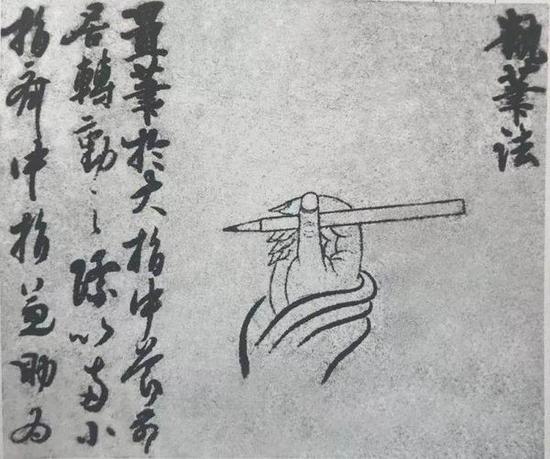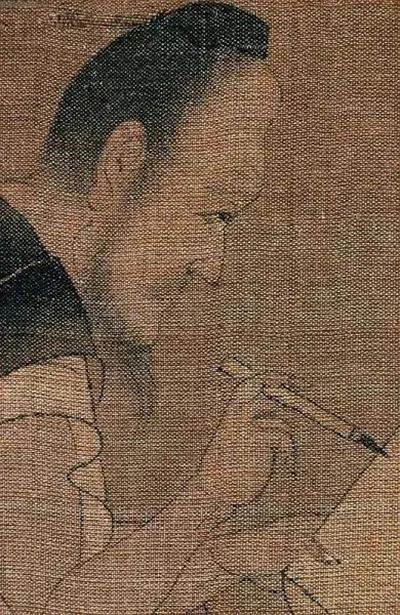Introduce you to another classic painting manual
In a previous post we talked about an absolutely classic painting manual named Jie Zi Yuan, the Mustared Seed Garden, which provided guides to thousands of enthusiastic artists at the start of their careers. Today let us look at another such painting manual, the Shi Zhu Zhai, literally the House of Ten Bamboos.
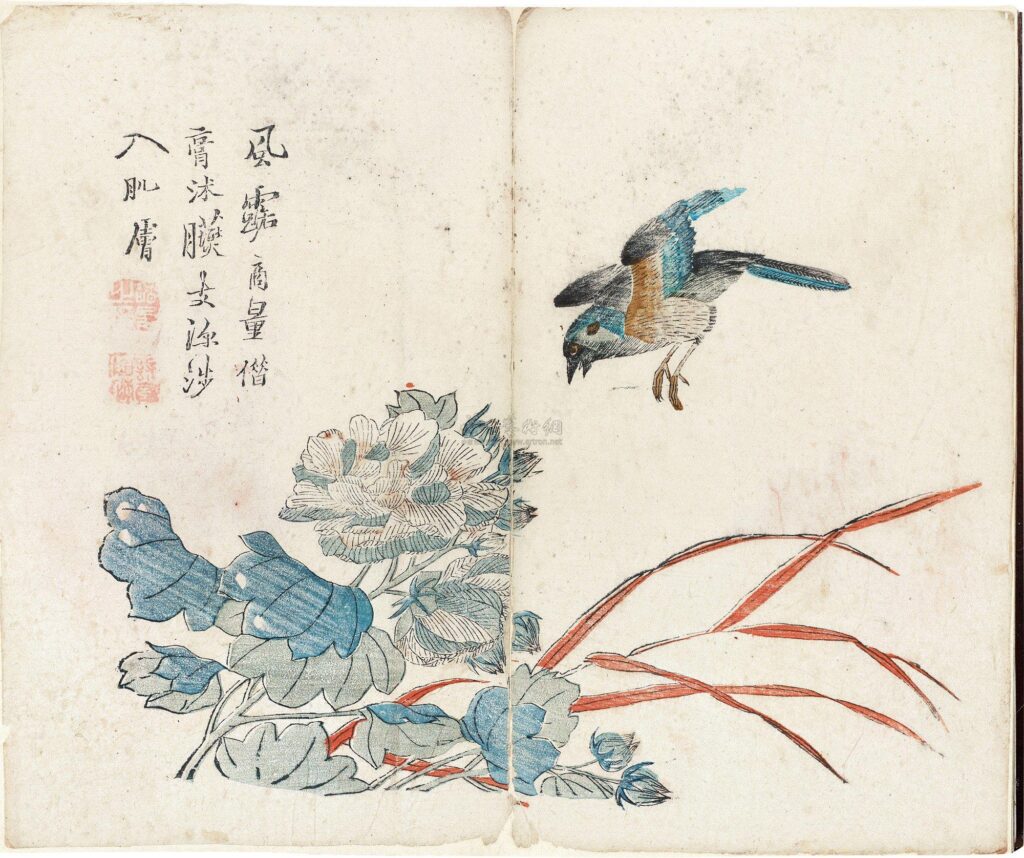
This set of Ming Dynasty painting books contain 8 copies in total, each dedicated to a unique subject, including calligraphy-painting, floral, fruits, birds, orchid, bamboo, plum blossoms, and rocks. The main editor of this set of books, Hu Zheng Yan (1584-1674), lived through the Ming and well in the Qing Dynasty. Around his study there planted a dozen bamboos, therefore the name, the House of Ten Bamboos. Hu was great at painting and calligraphy, he was also capable of making ink, and his various hobbies eventually lead to book-making. This set of painting manual was one of his most excellent masterpieces.
These books are remarkable in their gorgeous coloring – similar to the technique of etching, the plates are wooden, and are used in a much more complexed manner – a painting could involve thousands of plates, each reflecting one unique color. One by one these plates with colors are used to make prints, and once all the colors coordinate with one another, the prints come to live, as if newly painted with all the transitions and amazing shades. Such woodblock printing techniques were not invented by Hu, however, Hu was able to advance it to an excellent hight.

Over 180 paintings and 140 calligraphy artworks have been collected in this set of books, covering the works of art from more than 30 artists. In each manual there are around 40 pieces of artworks, and each of them were state of the art. Most of the existing copies were produced in the Qing Dynasty, but fortunately for us there are modern editions of the entire set. The Mustard Seed Garden has also been remade using Hu’s techniques of color printing.
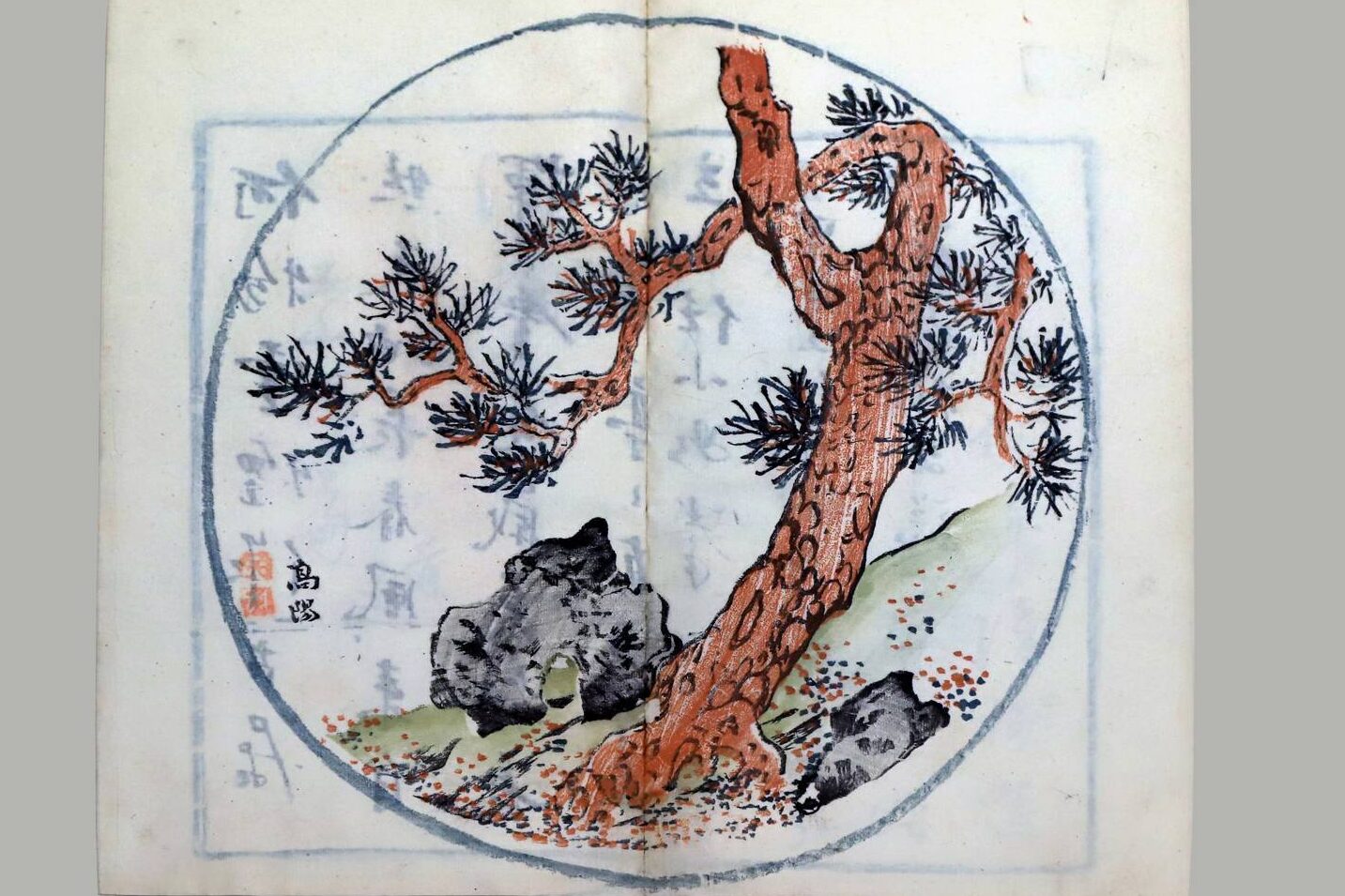
If you are a fan of learning the oriental art by yourself, then our most sincere suggestion to you is to start from the very root and the very authentic sources, such as the Jie Zi Yuan or this set, the Shi Zhu Zhai (will be available in our store soon)! From these books, even if you do not read the language, you can benefit a great deal just by simply copying from the old masters. But if you would like to know the texts of these manuals, in our Patreon club there are art syllabus that will soon cover Jie Zi Yuan – the texts will be translated into English with notes and advices or tutorials that provide you with the most direct information. But however you like to build your artistic paths, do not hesitate to share with us your new achievements!
Our Art Manual Collection
-
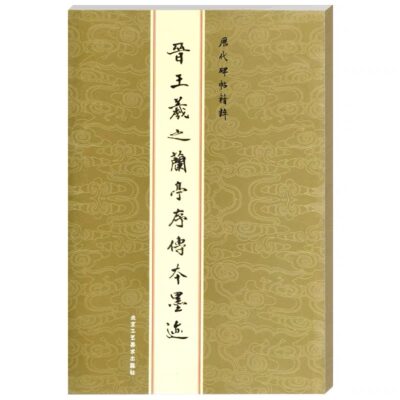 Calligraphy Manual, Cursive Script
Calligraphy Manual, Cursive Script -
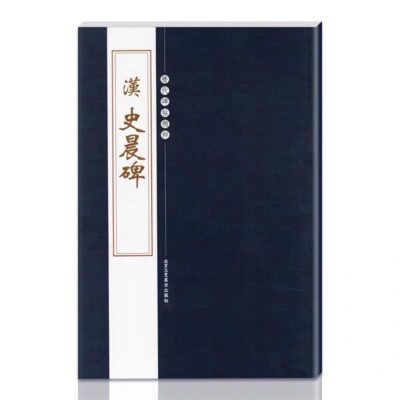 Calligraphy Manual, Official Script
Calligraphy Manual, Official Script -
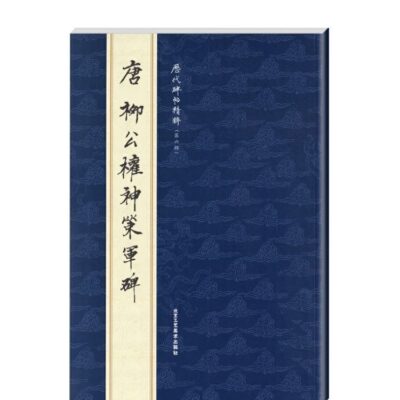 Calligraphy Manual, Regular Script
Calligraphy Manual, Regular Script -
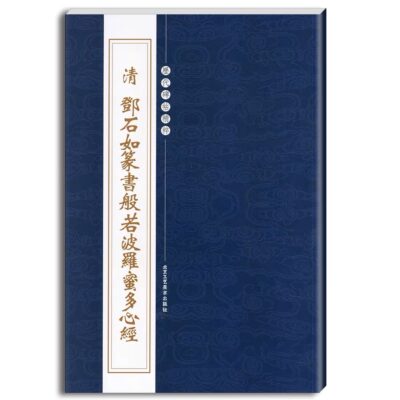 Calligraphy Manual, Seal Script
Calligraphy Manual, Seal Script -
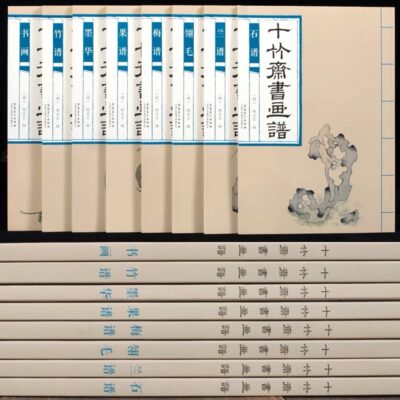 Classic Painting Manual, Shi Zhu Zhai (Set of 8)
Classic Painting Manual, Shi Zhu Zhai (Set of 8) -
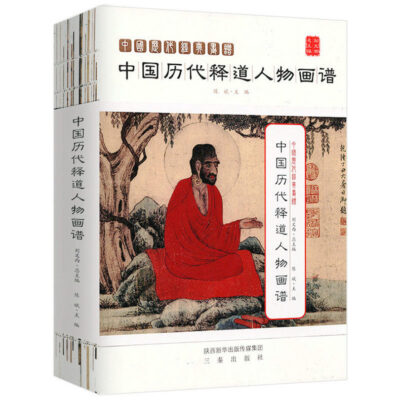 Collection of Classic Painting, Buddhism & Taoism Figures
Collection of Classic Painting, Buddhism & Taoism Figures -
 Collection of Classic Painting, Female Figures
Collection of Classic Painting, Female Figures -
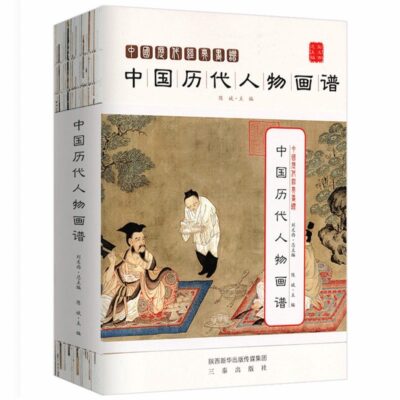 Collection of Classic Painting, Figures
Collection of Classic Painting, Figures -
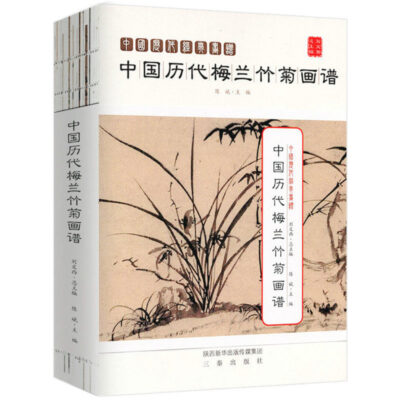 Collection of Classic Painting, Four Gentleman Flowers
Collection of Classic Painting, Four Gentleman Flowers -
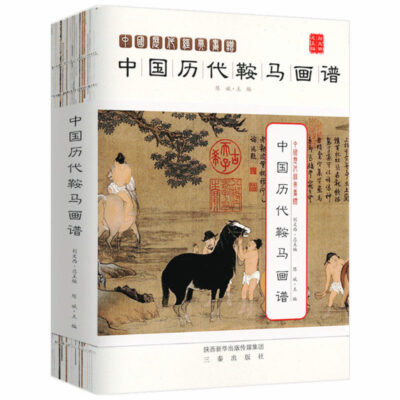 Collection of Classic Painting, Horses
Collection of Classic Painting, Horses -
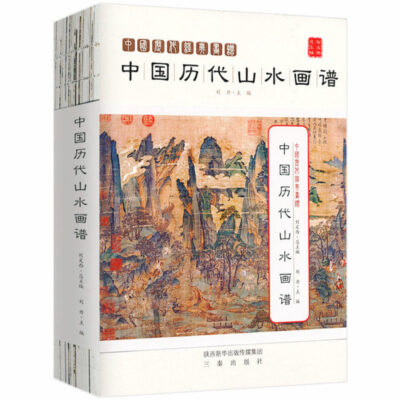 Collection of Classic Painting, Landscape
Collection of Classic Painting, Landscape -
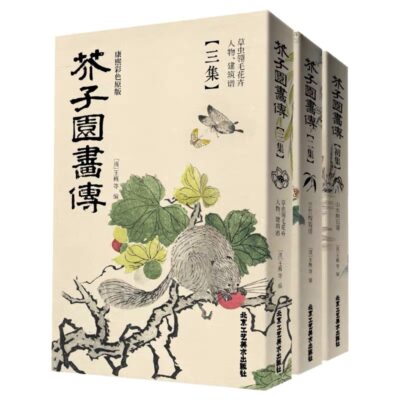 Colored Classic Painting Manual, Jie Zi Yuan
Colored Classic Painting Manual, Jie Zi Yuan -
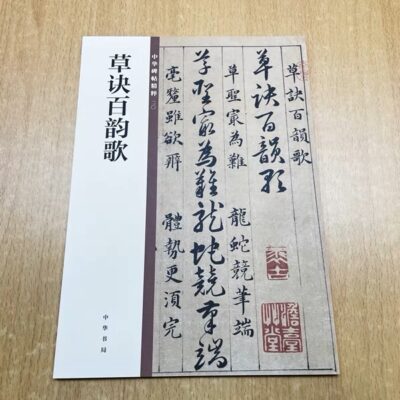 Cursive Script “Bible”
Cursive Script “Bible” -
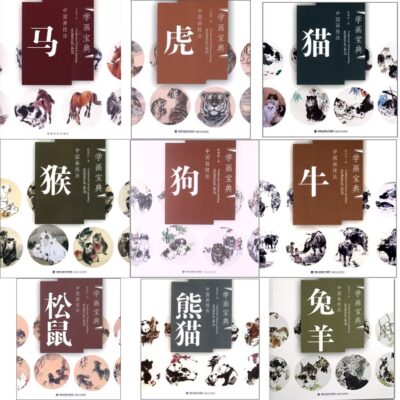 Freehand Painting – Beasts (set of 9)
Freehand Painting – Beasts (set of 9) -
 Freehand Painting – Birds (set of 9)
Freehand Painting – Birds (set of 9) -
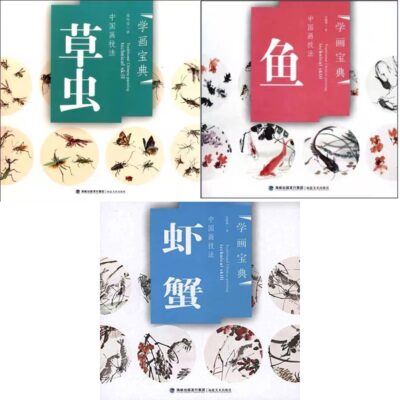 Freehand Painting – Fish, Shrimp, Crabs & Insects (set of 3)
Freehand Painting – Fish, Shrimp, Crabs & Insects (set of 3)
Buy Artworks | Learn Brush Painting | Learn Chinese Calligraphy
Introduce you to another classic painting manual Read More »
